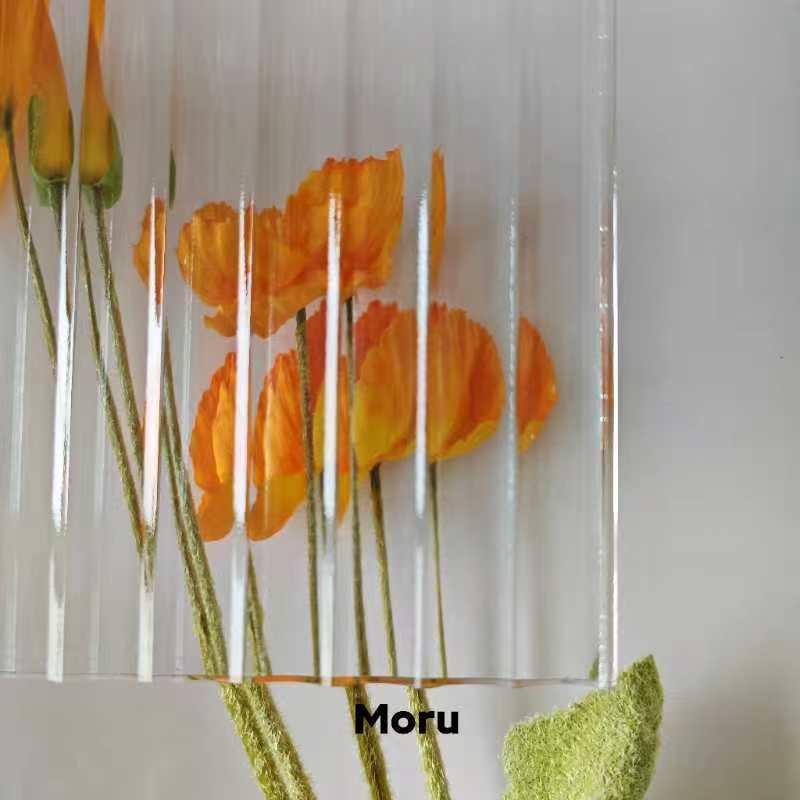

Exploring Tinted and Reflective Glass Benefits and Applications
In recent years, tinted and reflective glass has become a popular choice for various architectural and functional applications, offering a plethora of benefits that appeal to both residential and commercial sectors. As urban environments continue to evolve, the demand for innovative materials that enhance comfort, aesthetics, and energy efficiency has risen significantly. Tinted and reflective glass, with its unique properties, addresses these needs effectively.
What is Tinted and Reflective Glass?
Tinted glass is produced by adding metal oxides during the manufacturing process, which imparts color to the glass. This tinting reduces the amount of sunlight that enters a building, consequently minimizing glare. Reflective glass, on the other hand, features a thin metallic coating that reflects sunlight. While both types serve a similar purpose of controlling light, their methods and effects differ, offering diverse options for architects and designers.
Benefits of Tinted and Reflective Glass
1. Energy Efficiency One of the primary advantages of tinted and reflective glass is its ability to improve energy efficiency. By reducing solar heat gain, these types of glass help maintain lower indoor temperatures, which leads to reduced reliance on air conditioning. This not only contributes to lower energy bills but also lessens the environmental impact, making it an eco-friendly choice for both new constructions and retrofitting projects.
2. Glare Reduction Tinted glass significantly reduces glare from sunlight, creating a more comfortable environment for occupants. This is especially beneficial in settings like offices, where prolonged exposure to bright light can lead to decreased productivity and discomfort. Reflective glass offers similar benefits, providing an aesthetically pleasing exterior while enhancing visibility inside.
3. Privacy For many applications, privacy is a crucial consideration. Tinted and reflective glass can obscure visibility from outside while still allowing ample natural light to filter through. This makes it an ideal choice for restrooms, conference rooms, and residential buildings situated close to public spaces.

4. UV Protection Both tinted and reflective glass provide a substantial barrier against harmful ultraviolet (UV) rays. This is particularly advantageous for protecting furniture, flooring, and artwork from fading. By incorporating tinted or reflective glass, homeowners and business owners can preserve the integrity and appearance of their interiors over time.
5. Aesthetic Appeal Available in a wide range of colors and finishes, tinted and reflective glass can significantly enhance the overall design of a building. Architects often leverage these materials to create visually striking facades or to achieve specific design elements, allowing for creativity while fulfilling functional requirements.
Applications in Modern Architecture
The applications of tinted and reflective glass are diverse. In commercial settings, it is commonly used in skyscrapers, shopping malls, and office buildings. The reflective nature of the glass not only contributes to a striking architectural style but also aids in energy conservation. In residential design, homeowners increasingly choose tinted glass for windows and patio doors to strike a balance between natural light and privacy.
Moreover, in the automotive industry, tinted glass is utilized in car windows to enhance driver comfort and provide a sleek aesthetic. Reflective glass, with its increased privacy and reduced glare, is standard in high-end vehicles.
Conclusion
Tinted and reflective glass represents a vital component in the modern construction landscape, effectively merging functionality with aesthetics. Its numerous benefits, from energy efficiency to enhanced privacy, make it a sought-after choice across various sectors. As society moves towards a more sustainable future, the role of such innovative materials in architecture will undoubtedly continue to expand, promoting environments that are both beautiful and efficient.